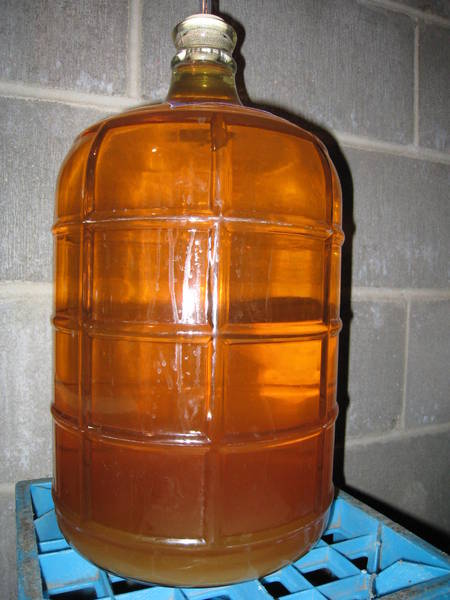DUCCCC
Well-Known Member
- Joined
- Oct 12, 2007
- Messages
- 1,618
- Reaction score
- 47
How high should my expectations be for the clarity of my basic mead?
Perhaps I'm waiting for it to get as clear as Apfelwein and it's just never going to get that clear?
I have a basic recipe mead, with 15 lbs clover honey from Costco, 2 teaspoons yeast nutrient, Lalvin D-47 yeast and water topped up to the shoulder ridge on a 5 gallon glass carboy. OG on 12/28/07 was 1.113.
This has been racked twice.
I can currently see through the carboy, and could probably read a book with large text through it, but it's just not as clear as Apfelwein after 8+ weeks in the carboy. There's still a light haze.
I'd like to get this stuff bottled and free up the carboy. I don't need to have it super clear, just wondering if I'm being too critical here....
Perhaps I'm waiting for it to get as clear as Apfelwein and it's just never going to get that clear?
I have a basic recipe mead, with 15 lbs clover honey from Costco, 2 teaspoons yeast nutrient, Lalvin D-47 yeast and water topped up to the shoulder ridge on a 5 gallon glass carboy. OG on 12/28/07 was 1.113.
This has been racked twice.
I can currently see through the carboy, and could probably read a book with large text through it, but it's just not as clear as Apfelwein after 8+ weeks in the carboy. There's still a light haze.
I'd like to get this stuff bottled and free up the carboy. I don't need to have it super clear, just wondering if I'm being too critical here....





